Record high temperatures clocked in Arctic Russia in June and July raise the prospect that the Northern Sea Route (NSR) will become navigable faster than expected. The temperatures also increase the risks of a major ecological disaster affecting the whole Arctic region.
Air temperatures in the Arctic are rising almost twice as fast as the world average. In late June, temperatures reached 31C in Yakutia, which is 2,500 miles north-east of Moscow and inside the Arctic circle.
Meanwhile, Russia has been touting the NSR along the coast of northern Siberia as a faster, cheaper route between Asia and Europe than the Suez Canal. In the last five years, NSR cargo traffic has grown almost fivefold to 33 million tons. According to the Organisation for Economic Co-operation and Development (OECD), the NSR has the potential to reduce shipping times between Europe and the Pacific by 40%. That, the OECD says, would dwarf the time savings of 23% achieved when the Suez Canal was opened in 1869.
The case for the NSR got another boost with the six-day blockage of the Suez Canal after the Ever Given container ship ran aground in March. The Suez Canal handles 12% of global trade and Lloyd’s List calculated the blockage cost $400 million per hour.
There’s no question that the Suez’s closure sent economic ripples through both the shipping industry and business users of logistics services. says Harry G. Broadman, managing director at Berkeley Research Group LLC in Washington. The closure is prompting questions about alternative shipping routes, supply chain strategies, security and inventory management. Use of the NSR will likely increase, he says. “But the notion that such a change will be truly significant in scale is far-fetched for both the short- and medium-run.”
Much of the increase in Arctic cargoes has been in the form of “destination traffic”, to be used for a specific project in the region, rather than “transit traffic” using the route as a matter of choice to get to somewhere else. Broadman expects this to remain the case for some time. “A successful shift to transit traffic will wholly depend on being able to set shipping schedules far in advance—a very complex exercise fraught with large uncertainties” due to the unpredictability of the region’s weather, he says.
A paper from the OECD argues that the NSR could become a real alternative in some niche markets. But in container transport, the Suez Canal offers logistical advantages the NSR cannot, as the network of terminal, hinterland transport and logistics services is likely to be impossible to replicate in the Arctic. In coming decades, the OECD says, NSR volumes will only take traffic away from the Suez Canal at the margins. Substantial NSR bulk volumes, it says, might only take off around 2070.
Environmental Dangers
Higher temperatures create the prospect of “environmental catastrophe” in northern Siberia, says Sergey Sukhankin, senior research fellow at the Jamestown Foundation in Washington. Oil and liquid natural gas (LNG) plants are built on unstable foundations, he argues, creating the danger that resources will escape in an unpredictable way that could threaten the whole Arctic region.
Part of Russia’s political elite is optimistic about the potential of the NSR, Sukhankin says, and some within the elite are still not convinced about the dangers of climate change. The last major geological exploration in the High North took place in 1987, and only about 2% of the region has been explored, he says. He doesn’t believe that Russia will be able to invest the money needed to get the research done. But until the work is carried out, there will be no clear way to know how to limit the environmental risk.
Russia doesn’t allow international researchers there to carry out fieldwork that would help to quantify the problem, he says. The aging infrastructure needs a major upgrade to reduce the risks, but Russia can’t afford it and won’t let anyone else do it, he adds. Much will depend on how quickly permanently frozen land, or permafrost thaws, but the risk of disaster is “growing exponentially.”
Broadman says that there is a strong environmental case for proceeding “very gingerly” with increasing NSR traffic. The multi-jurisdictional governance of the region will need to find a way to overcome the conflicting interests of different parties to be consistent with the planet’s shared interests, he says.
Recurrent Pattern
Instances of large-scale ecological damage and claims that Russia has not been transparent about them have continued to accumulate. In May 2020 one of Russia’s worst ecological disasters occurred when a fuel tank owned by a subsidiary of Norilsk Nickel ruptured, dumping more than 20,000 tons of diesel oil into the Ambarnaya river in the Russian Arctic.
In late April this year, parts of the Ob River in Yamal peninsula were contaminated by a spillage of 56 tons of oil products. On May 11, another spill in the northern Komi Republic left parts of the Kolva River contaminated with oil. The company concerned, Lukoil-Komi, said that four tons of oil products were spilled, but unofficial estimates put the figure at 90 tons, Sukhankin says. Local environmental activists claim the spillage in fact began as far back as March. A further oil leak in the Arctic town of Dudinka on May 17 has had unknown consequences.
“It is important to understand that the ecological damage incurred by the Russian Arctic and Far East is not episodic,” Sukhankin writes in a research paper. The damage in fact is “of a long-running systemic nature, with roots in the pre-1991 period.” While environmental catastrophes happen in many countries, Russia, and the Soviet Union before it, have a “lengthy and notorious track record of covering up and/or diminishing the real scale of the damage.”
According to Sukhankin, out of the 17,000 accidents in Russia’s fuel-energy sector in 2019, more than 10,500 involved oil facilities, most of which are located in the High North. On average, he calculates, a recorded accident took place every 30 minutes.
Expansive Aims?
The NSR is a “high priority” for President Vladimir Putin, who is personally involved in trying to promote it and develop Russia’s position as a global energy supplier, says Chris Weafer, CEO of Macro-Advisory LLC in Moscow. Still, the scale of trade through the Suez Canal is unlikely to ever be replicated through the NSR, he says. For the next couple of decades, Weafer says, the NSR will be mainly about Russia getting its oil and gas tankers out to global customers.
The Russian system is “extremely adaptable” and able to react quickly to disasters, says Weafer, who has been based in Russia for 24 years. While older pipelines are an environmental danger, the government wants to become more proactive in preventing disasters and the resulting economic costs through using more modern technology for its infrastructure, Weafer says. There is, he argues, a culture of tolerated protests on local issues to which the government listens. The government is “very sensitive to public opinion” and knows that the environment has the ability to undermine public support “like nothing else.”
The Kremlin is also sensitive to international political implications of global warming and sees “a chance to get back to the top table” through taking action on the climate.
Russia currently chairs the Arctic Council, set up in 1996 to promote co-operation between Arctic states. The members of the Arctic Council are Canada, Denmark, Finland, Iceland, Norway, Russia, Sweden, and the US.
Sukhankin questions what he calls the “discrepancy” between official Russian rhetoric at the Arctic Council and the reality of its actions. He argues that being seen to play a leadership role on ecology will help Russia’s larger goal of convincing the other Arctic states to accept its expansive geographic and security claims in the north. Other Arctic Council members “will need to be conscious of this stratagem,” he says.
David Whitehouse is a freelance journalist in Paris.
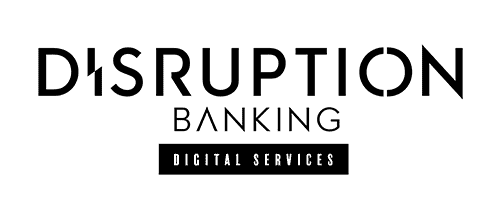

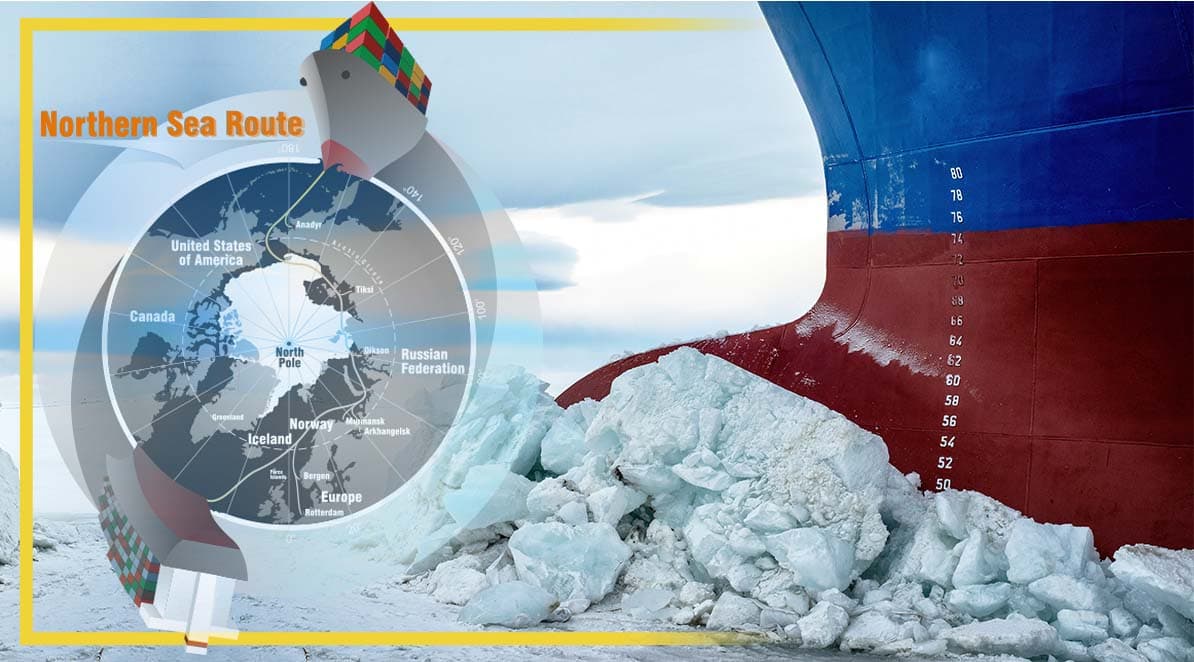

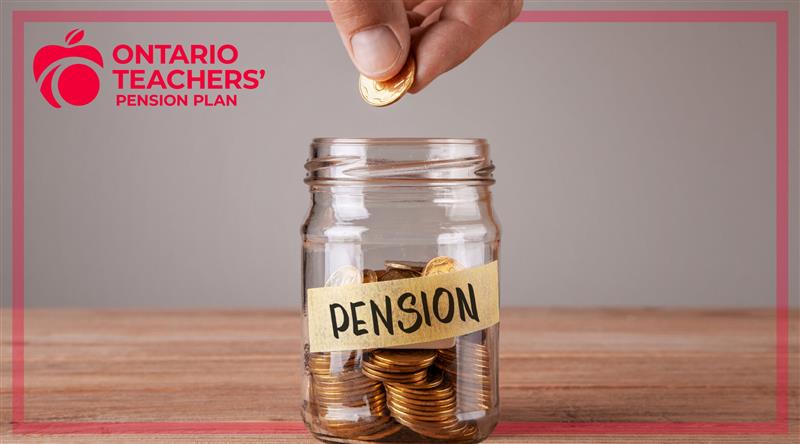

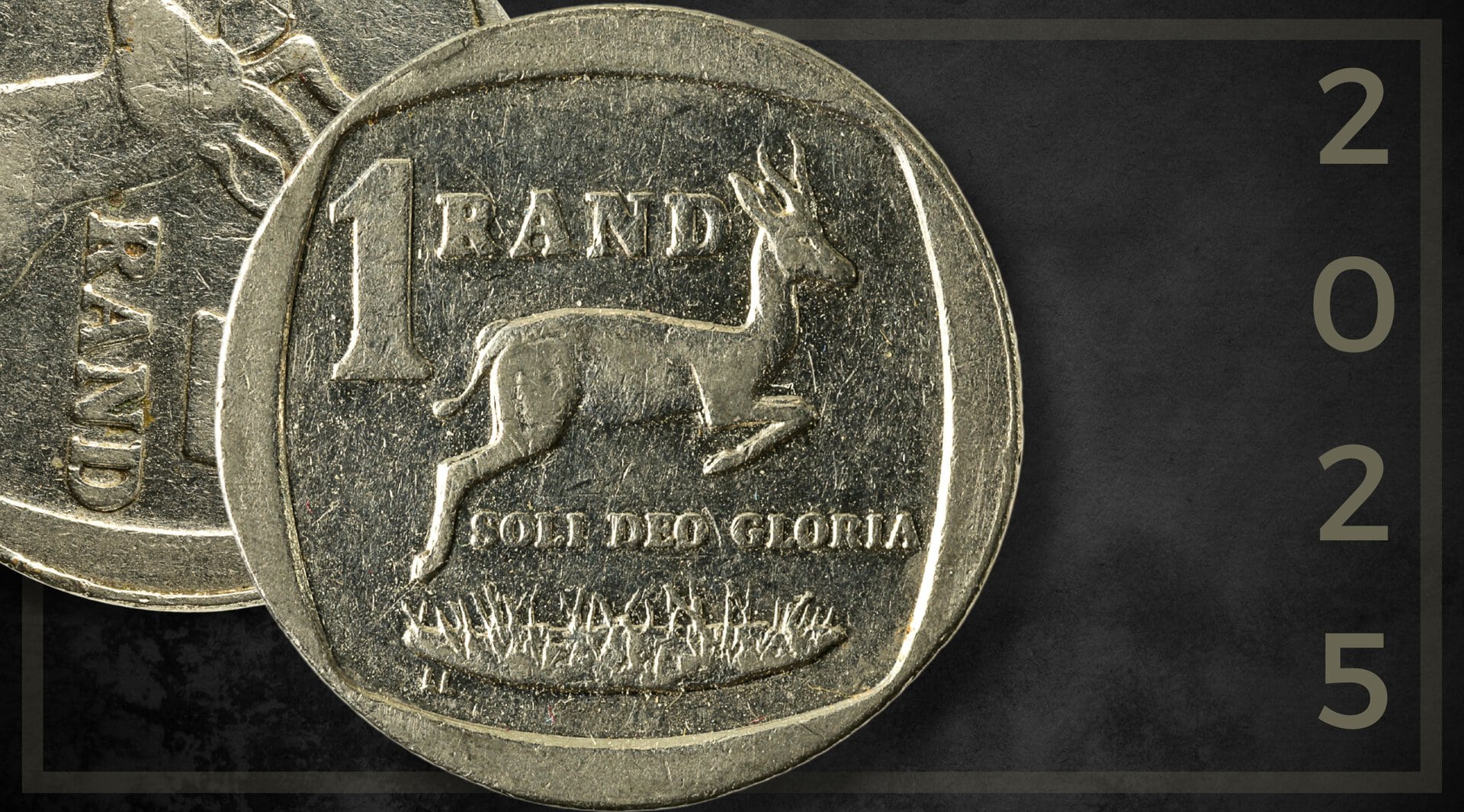






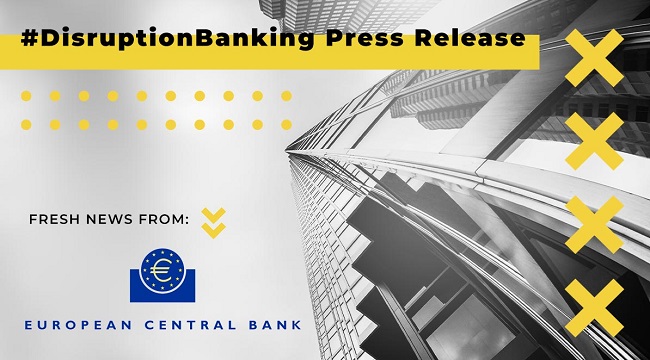



One Response